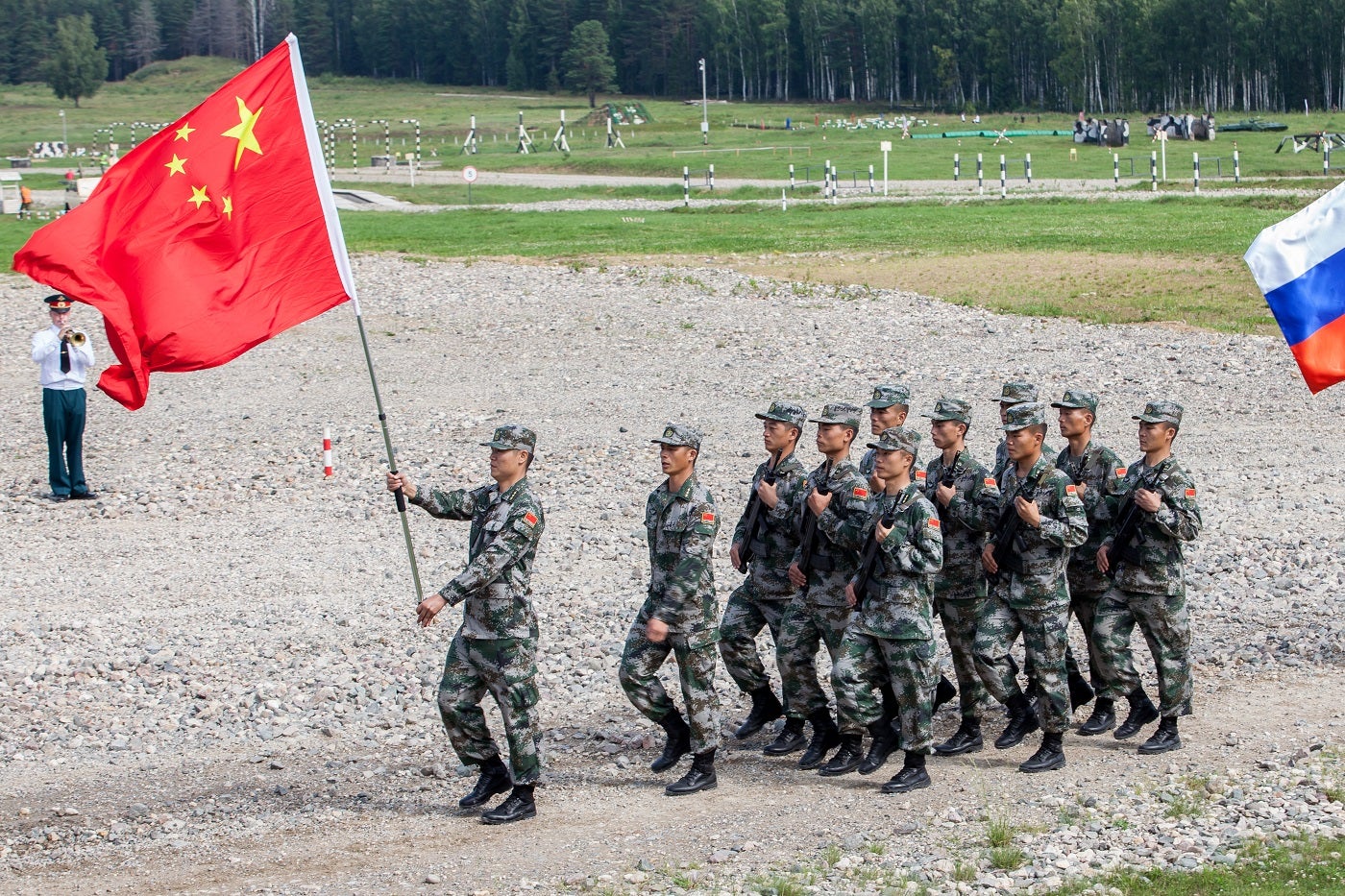Harry McNeil

With a concerted focus on its navy, air force, and army, China aims to solidify its status as a military powerhouse, driven by evolving security landscapes and regional influence. GlobalData’s recent report, “China Defense Market 2023-2028,” delves into the intricate details of this multifaceted strategy that underpins China’s quest for technological supremacy and territorial ascendancy.
Strategic modernisation drives defence expenditure surge
China’s defence expenditure leaps forward, propelled by a multifaceted strategic vision. President Xi Jinping’s two-stage plan aims to position China as a global leader in terms of national strength and international influence. This ambitious blueprint, bolstered by a decade of robust economic growth, is the cornerstone of China’s defence industry expansion.
Modernisation unveiled: Navy, Air Force, and Army powerhouses
China’s modernisation journey traverses the navy, air force, and army, each increasing its capabilities.
China’s maritime strategy unfolds in three phases, culminating in a blue water navy beyond the second island chain. The People’s Liberation Army Navy (PLAN) is powering into its third phase, enhancing anti-access and area denial capabilities while procuring advanced destroyers, submarines, and missiles.
The skies are the limit for China’s air force, with advancements in fifth-generation aircraft, UAVs, and early warning systems. The indigenously developed J-20 Mighty Dragon stealth fighter and ongoing FC-31 Gyrfalcon programme spotlight China’s aeronautical aspirations.
Ground forces are reinforced through advanced tanks, infantry fighting vehicles, missile systems, and support capabilities, establishing a formidable land-sea-air deterrent.
Navigating geopolitical challenges and alliances
China’s defence modernisation path navigates intricate geopolitical waters. Escalating military expenditures stem from border tensions with India and South China Sea territorial disputes. China’s expanding influence via the Belt and Road Initiative draws international scrutiny, fostering strategic alliances to counterbalance its growing presence.
Digital ramparts: Bolstering cybersecurity and technological resilience
China’s cyber defence is fortified as the Strategic Support Force (SSF) reinforces space, cyber, and electronic warfare capabilities. Safeguarding critical infrastructure and sensitive information is paramount in China’s drive to ensure technological resilience.
Forward march toward a transformed future
China’s all-encompassing defence modernisation strategy charts a course towards global influence and national security. As the nation’s navy, air force, and army surge ahead, the global geopolitical landscape is poised for a paradigm shift, reverberating with the resounding impact of China’s transformative military advancements.
No comments:
Post a Comment